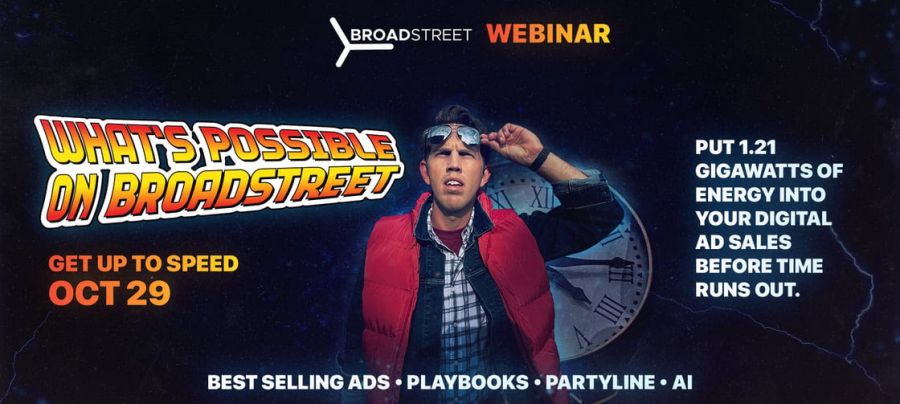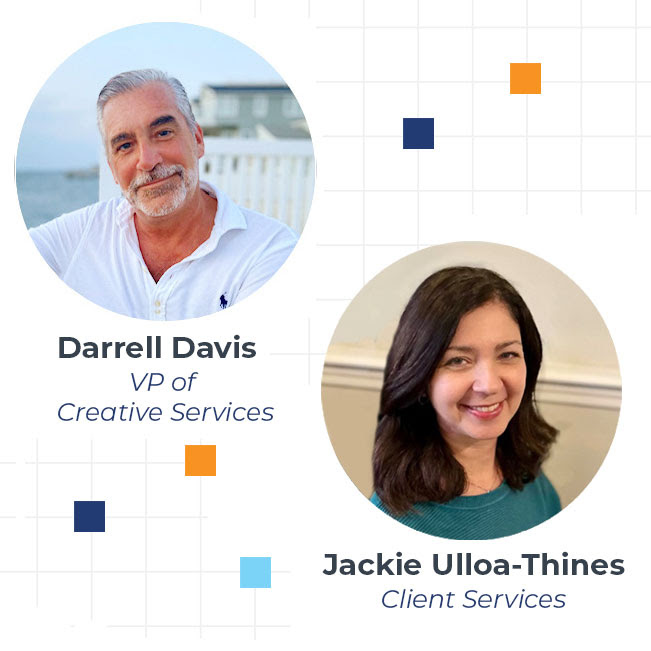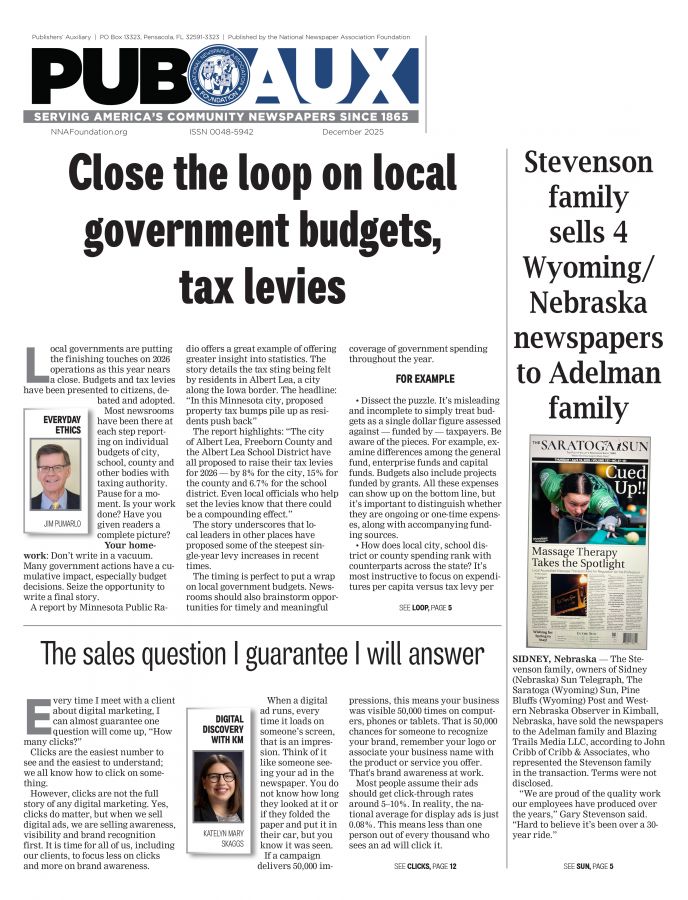Learn from the ones that get away
John Foust
Oct 1, 2023


When I was a kid, my family took weekend trip to Atlantic Beach on the coast of North Carolina, which is a popular place for fishing in the fall. One night, Dad took me to the Triple-S fishing pier. After not catching anything for a couple of hours, we walked to the end of the pier, where a little crowd was gathering.
A fisherman was straining against a large fishing rod, which was bent over in an exaggerated U-shape. He was leaning back at about a 45-degree angle, and the fishing line was hissing as it spun off the reel. A man standing next to him poured water onto the reel from a Pepsi bottle. One of the bystanders said that was to cool off the reel.
We heard the man was fishing for shark and had one on the line. Since he hoped he had hooked a record fish, no one was allowed to touch him, the rod or the reel; that would nullify any record. That was a lot of excitement for my 11-year-old self.
It was obvious that the fisherman knew what he was doing. He used the right kind of bait and tied his line to some kind of float, which carried his hook away from the pier with the tide. And he knew the procedure to pursue a record.
Dad and I watched for a while, then called it a night. The next morning, we went back to the pier and learned that the man had pulled the shark all the way to the pier, but in the wee hours of the morning, the shark had wrapped the line around a piling, broke it and swam away.
Those of us in business understand how that fisherman must have felt. We know what it’s like to “almost” catch the big one, only to lose out at the last minute. At times like that, it might help to remember what speaker, writer and consultant Denis Waitley once said: “There are no mistakes or failures — only lessons.”
How do we find the lesson in failure?
LET’S CONSIDER TWO POINTS
1. Analyze. It’s been said that there are two types of mistakes: mechanical and judgmental. For example, inadvertently putting an incorrect price on an advertising proposal is mechanical, and texting while driving shows poor judgment. If that fisherman wanted to reel in the big one next time, he would have analyzed what went wrong at the end of his battle with the shark. And if you and I want to learn from a mistake, we’ll analyze what caused the problem.
2. Adjust. Once we figure out what went wrong and why, the next step is to make changes to reduce the chances of it happening again. Notice I’m saying “reduce the chances,” not “eliminate the chances.” There’s always an unpredictable human element, especially in selling.
The bigger the mistake, the bigger the lesson. And the more we learn, the bigger the fish we will catch. © Copyright 2023 by John Foust. All rights reserved.
John Foust has conducted training programs for thousands of newspaper advertising professionals. Many ad departments are using his training videos to save time and get quick results from in-house training. Email for information: john@johnfoust.com










